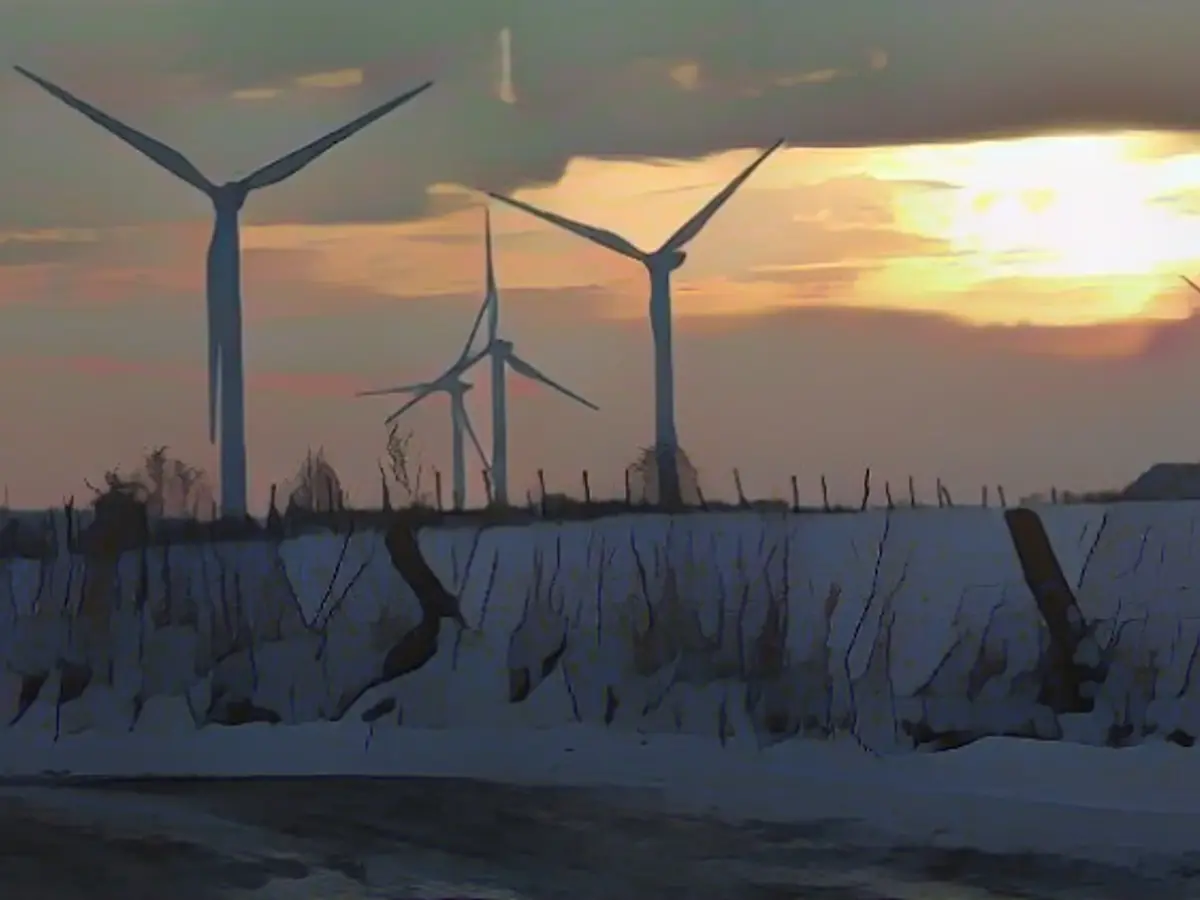The energy transition stutters without new storage facilities
For the energy transition to succeed, it is not only wind power and photovoltaics that need to be expanded quickly. Storage systems that absorb electricity when too much is produced and make it available during dark doldrums are also essential. The technologies for this are known. But too little has happened so far.
Scientists largely agree that the best way to replace fossil fuels is to rapidly expand renewable energies. This is true even if researchers regard nuclear power as a temporary or additional alternative. When it comes to renewables, the focus is primarily on wind power and photovoltaics.
According to the Federal Environment Agency, the installed capacity of wind energy on land and at sea increased by 2452 megawatts (MW) last year, while the figure for photovoltaics was as high as 7441 MW. The possibilities for hydropower are largely exhausted, and biomass and geothermal energy are also largely stagnating.
Ambitious expansion targets
Solar energy made even faster progress this year: according to the latest figures from the German government, 10,000 MW of photovoltaic capacity was added in the first three quarters of the year, while the figure for wind energy was around 1700 MW. Overall, the share of electricity generation from all renewable energies amounted to just under 60% in the third quarter of 2023. This is 8.1% more than a year ago.
In terms of gross electricity consumption, the share of wind power, photovoltaics and the like amounted to 52% in the first half of the year, and the aim is to reach at least 80% by 2030. That is an ambitious target. According to the 2023 projection report for Germany, however, it is achievable if the recently sluggish expansion of wind energy were to pick up speed again.
Electricity consumption increases enormously due to energy transition
Even if this succeeds, Germany's gross electricity consumption will increase at the same time. At 546.5 terawatt hours (TWh) in 2022, it will have fallen to the level of 1990, which the Federal Environment Agency attributes in part to cost-cutting efforts due to the Russian war of aggression against Ukraine. According to the projection report, however, this is changing rapidly. According to forecasts, the main drivers for the increase in electricity consumption are the transport sector, electric heat pumps in buildings and heating networks, the production of electrolysis hydrogen and the production of batteries.
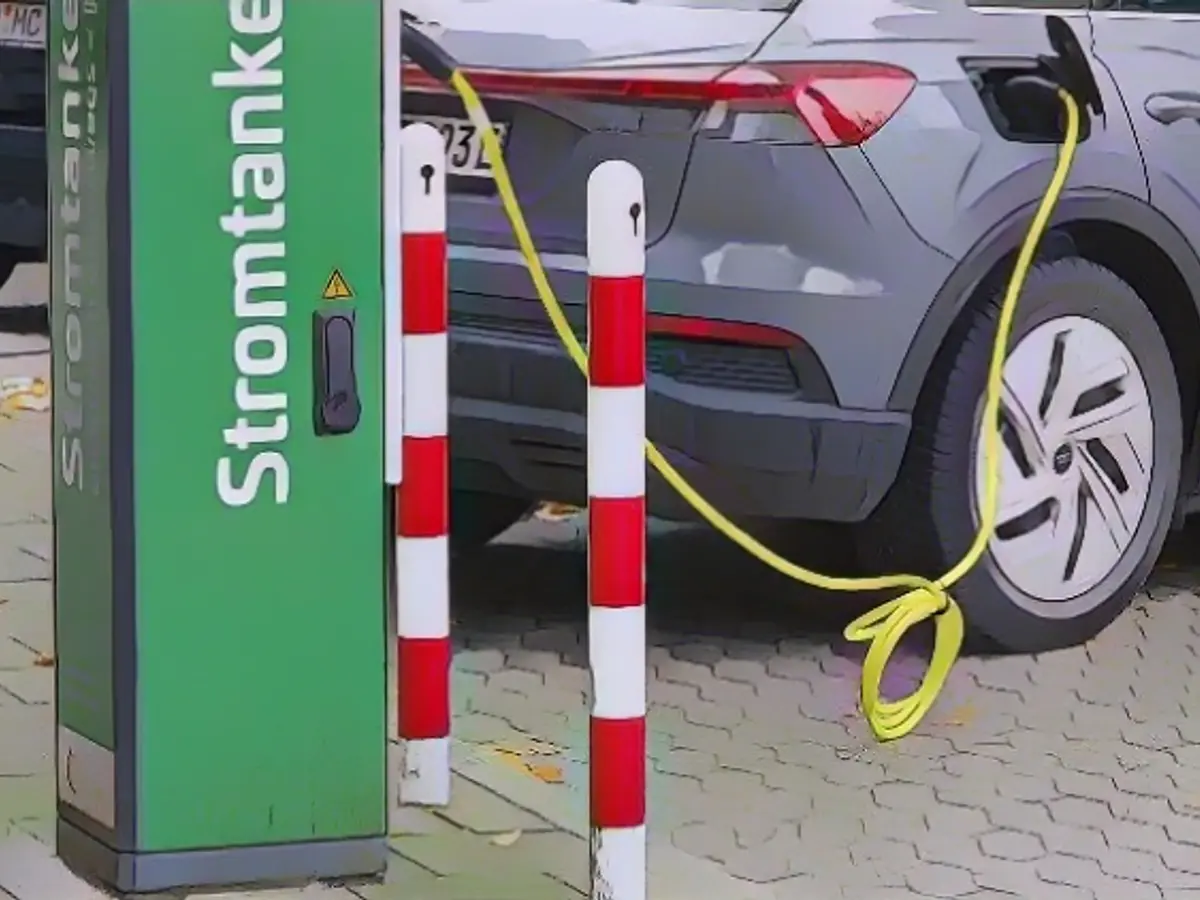
According to the projection report, gross consumption will amount to at least around 660 TWh in 2030 and over 1000 TWh in 2050. With more energetic climate protection measures, it could even be 712 and 1150 TWh. This contrasts with the forecast gross electricity generation from renewables of 560 or 571 TWh by 2030 and 940 or 1009 TW by 2050. Wind power and other renewables will therefore not be able to do it all on their own in the foreseeable future. The German government assumes a demand of 750 TWh in 2030, which is offset by 600 TWh of renewable energy generated.
The Federal Environment Agency writes: "It should be noted that fossil-based electricity generation will still take place in 2040, 2045 and 2050. On the one hand, this involves emissions from the generation of electricity from fossil waste. In addition, around 40 to 47 terawatt hours (TWh) of electricity will continue to be generated in natural gas power plants."
It won't work without backup power plants
A bigger problem is that only a few renewable energies are available at all times - or at least when they are needed. In extreme cases, there is a so-called dark doldrums when the sun is not shining and the wind is not blowing. The German government plans to compensate for this with backup power plants.
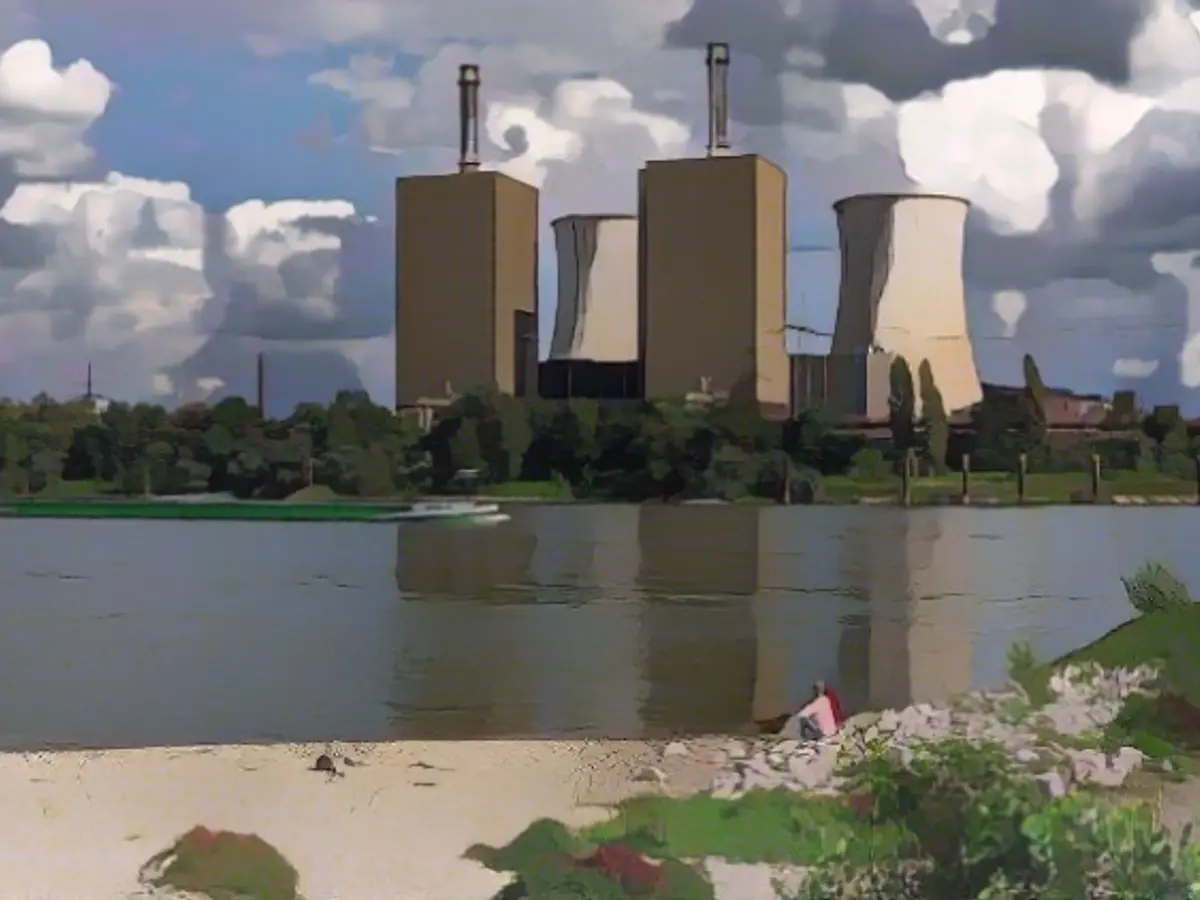
These will mainly be existing natural gas power plants, but hydrogen, biogas and methane gas plants yet to be built could also be used. If the coal-fired power plants still in operation are taken off the grid next year as planned, they will no longer be available as a backup solution. The Science Media Center (SMC) has calculated that 53.9 gigawatts (GW) of installed, controllable power plant capacity could be available in Germany by 2030.
SMC modeling has also shown that it will probably be possible to replace coal-fired power plants. However, domestic production will probably not be able to cover the backup power requirement. This means that electricity would have to be purchased from abroad at peak times. Christian Rehtanz, Head of the Institute for Energy Systems, Energy Efficiency and Energy Economics at the Technical University of Dortmund, estimates that a maximum of ten to 15 percent could be covered by the European balancing of renewable energies via the grids.
Flexible consumers help
How big the gap is depends, among other things, on so-called flexibilities. In principle, these are all consumers that can be operated when electricity is available. This means that they must be able to reduce, switch off or increase their consumption for a short period of time without their task being impaired.
These include heat pumps with storage systems, industrial processes, batteries and electric vehicles. It becomes particularly interesting when there are a lot of electric cars on the road. "If we succeed in integrating them directly into the electricity markets - if possible even with a feed-back capability, known as Vehicle-2-Grid (V 2G) - then demand flexibilization could replace a considerable amount of back-up capacity," says Patrick Jochem. He is Head of Energy System Analysis at the Institute of Networked Energy Systems at the German Aerospace Center.
E-cars or heat pumps with storage are short-term storage systems, but the highly fluctuating yields of renewables also require long-term storage in particular. On days with plenty of sunshine and/or wind, they can store surplus energy for weeks or months and release it again when too little is generated.
Pumped storage power plants are essential
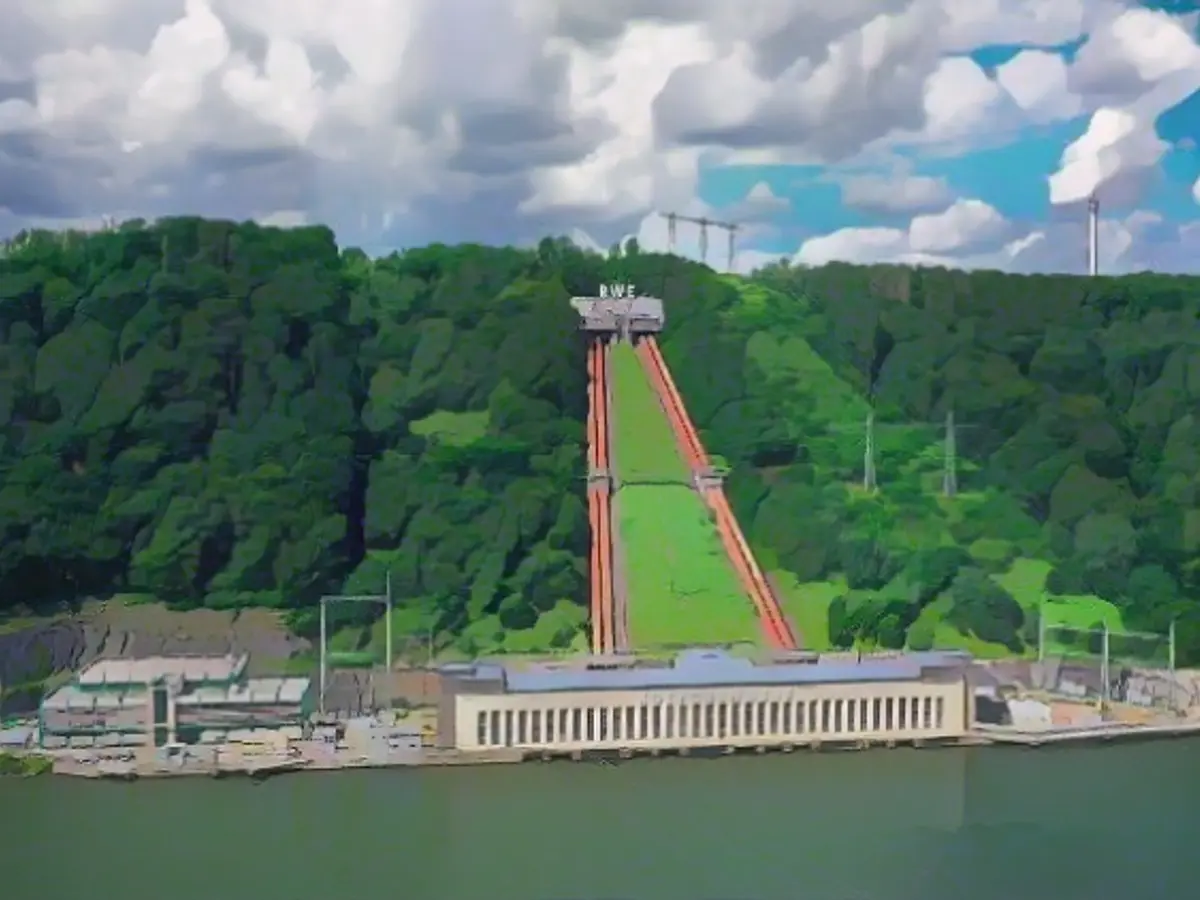
According to the German Energy Storage Systems Association (Bundesverband Energiespeichersysteme ), this task is currently almost exclusively performed by pumped storage power plants, which account for around 90 percent of the total. Excess energy is used to pump water into a higher reservoir. When energy is needed, it flows back through turbines and generates electricity.
Around 30 pumped storage power plants are currently in operation in Germany. According to the Federal Network Agency , they had a combined capacity of 6.34 GW last year, which means they can temporarily store up to 40 gigawatt hours (GWh), according to the German Association of Energy and Water Industries (BDEW). In addition, Luxembourg and Austrian pumped storage power plants with a total capacity of 3,600 MW feed electricity directly into the German grid, writes Energie.de.
Expansion reaches its limits
The capacity of pumped storage power plants can only be expanded to a limited extent, as they can only be built where the landscape offers the necessary height difference. They also require a lot of space and represent a considerable intrusion into nature. The BDEW believes that an additional 4 to 8 GW is still possible through modernization, expansion/extension and new construction.
However, new pumped storage power plants are apparently also failing due to the current regulations, which make them unprofitable. The last time a new plant was put into operation was around 20 years ago. The ZDF has determined that almost a dozen power plants were stopped in the planning phase. The Federal Network Agency also expects only 146 MW to be added by 2026.
The country needs new batteries
Large-scale battery storage systems have great potential. According to the Fraunhofer Institute for Solar Energy Systems ISE, they currently have a total output of 7.38 GW in Germany and offer a capacity of 10.88 GWh. The institute has calculated an expansion of 3.28 GW for 2023.
A study by the institute assumes that a storage facility can be fully charged or discharged in one hour. A storage facility with a capacity of 1 GW therefore has a capacity of 1 GWh. According to this calculation, the study estimates that the energy transition will require around 100 GWh of stationary battery storage by 2030 and almost 180 GWh by 2045.
Another result of the research work is that it makes sense to install battery storage systems at former sites of fossil fuel or nuclear power plants, as the connected load already available can be used there. "This could cover up to 65 percent of the storage requirements needed in Germany by 2030," says the study.
So far, systems that use lithium-ion batteries, such as those in notebooks, smartphones or electric cars, have been the most common. However, other technologies are also increasingly being used. One alternative is lithium-metal batteries, for which there may have recently been a major breakthrough.
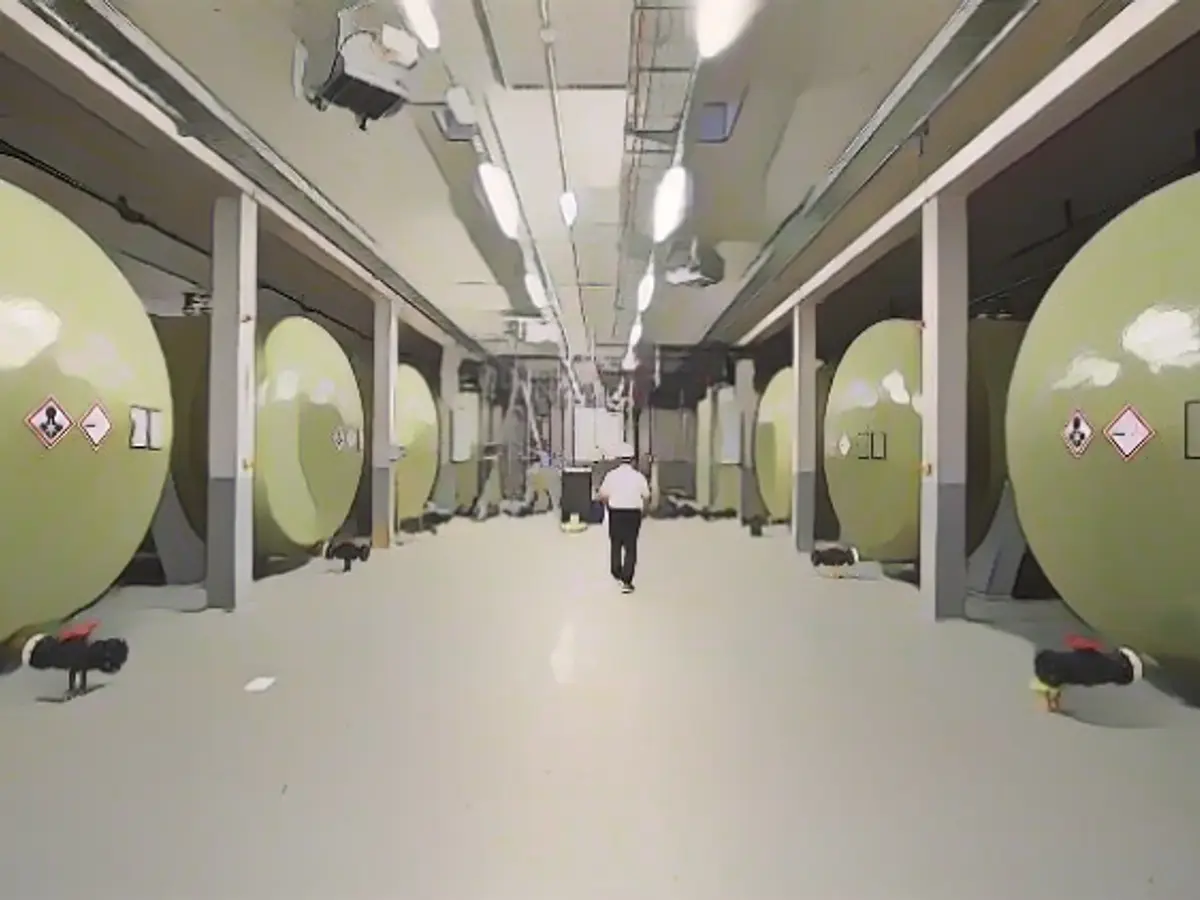
Australian researchers have found that the use of sulphur instead of the cobalt or manganese usually used significantly reduces lithium consumption and makes the batteries more durable. At the same time, they are said to deliver more energy and cost only half as much as lithium-ion batteries.
Alternatives without lithium
So-called redox flow batteries, in which energy is stored in two liquid electrolytes that are connected via a proton exchange membrane, have great potential. They have several advantages. According to a summary by the Frauenhofer Institute, they are highly efficient and have a much longer service life than conventional batteries. In addition, their capacity and power can be scaled separately.
Sodium-ion batteries are already being used successfully in China in particular. They have the great advantage of not requiring lithium, which has become expensive due to high demand and is also explosive. Sodium is also available in almost unlimited quantities in Germany, as it can be extracted from common salt (sodium chloride), among other things.

The amorphous carbons required to replace graphite in sodium batteries are also easy to produce, for example from nutshells or spent grains from beer. This makes us "independent of strategic, even critical imports", says Michael Stelter from Fraunhofer IKTS. The other raw materials used, such as the colorant "Prussian white" (iron, carbon and nitrogen), can also be found in large quantities in Germany. Finally, sodium batteries are also more environmentally friendly, as the cells do not contain cobalt and nickel.
Sluggish expansion of electrolysis
The German government currently favors the use of surplus renewable energy for the production of hydrogen, as it fits in with the"National Hydrogen Strategy". The plan is to build 10 GW of electrolysis capacity by 2030 in order to cover 30 to 50 percent of Germany's hydrogen requirements. However, the SMC has calculated that the surplus electricity generated from renewable sources alone would not be sufficient to operate the plants profitably.
It is also becoming apparent that the expansion of electrolysis is progressing too slowly. Currently, only 1 percent of the planned capacity has been installed, 130.9 MW according to the German government's"Hydrogen Compass". "
"On the other hand, green hydrogen production leads to increased electricity demand, meaning that renewable energies need to be expanded even more," writes the German Institute for Economic Research (DIW). According to a study by the institute, between 48 and 53 gigawatts of photovoltaic capacity would have to be added. This would be around 25 percent more than in a comparative scenario without domestic hydrogen production.
Expensive hydrogen infrastructure
The DIW recommends storage in caverns close to the production site and, if possible, the consumers of the hydrogen. Otherwise, an efficient network is necessary. Underground caverns, in which natural gas is still stored, are suitable for storage. However,"Spektrum.de" points out that they can only hold 32 TWh of hydrogen gas, which is clearly not enough.
Conversion is also expensive; a study by the Initiative Energien Speichern (INES) estimates that it would cost 1.1 billion euros. The necessary construction of new caverns would even cost more than 11 billion euros.
Another problem is that the use of hydrogen as an electricity storage medium is inefficient. When it is converted back into electricity, only a third of the energy originally used is recovered. It therefore makes more sense to use hydrogen as a fuel, for example in the chemical industry and in shipping.
Other clever ideas for energy storage

In addition to pumped storage power plants, batteries of all kinds and electrolysis, there are other interesting methods of storing electricity in the long term. Lift or gravity storage systems are very promising.
The International Institute for Applied Systems Analysis (IIASA) in Austria is researching methods for dropping sand through turbines in disused mine shafts, which is then brought back up again via a kind of elevator.
The Swiss company Energy Vault is one of the pioneers that simply lifts and lowers large weights. The company has already installed a 25 MW lift storage system next to a wind farm in Rudang, China.
Research is also being carried out into compressed air storage, electrothermal energy storage and heat storage in molten salt. There are plenty of ideas. Implementing them and managing them effectively and efficiently in an electricity grid of the future is a major challenge, but feasible - if Germany steps on the gas.
Read also:
- This will change in December
- German activists speak out in Dubai on suffering in Israel and the Gaza Strip
- Despite UN vote: fighting between Israel and Hamas in the Gaza Strip continues
- Nuclear fusion - hype or solution to energy problems?
- To combat climate change and ensure a reliable energy supply, expanding renewable energies, particularly wind power and photovoltaics, is crucial, but storage facilities are also essential to absorb excess electricity during production surpluses and release it during periods of high demand.
- According to the German government's "Hydrogen Compass," only 1% of the planned 10 GW electrolysis capacity for hydrogen production has been installed, and expanding electrolysis capacities is progressing too slowly to meet hydrogen demands.
- The Federal Environment Agency reports that Germany's gross electricity consumption will increase in the near future, driven by the transport sector, electric heat pumps, hydrogen and battery production, and the production of electrolysis hydrogen, making it essential to enhance energy storage capacity.
- Societal education on energy conservation and efficient energy usage is vital, as increased demand and energy-intensive lifestyles can offset energy transition efforts, making energy storage and renewable expansion more challenging.
Source: www.ntv.de
